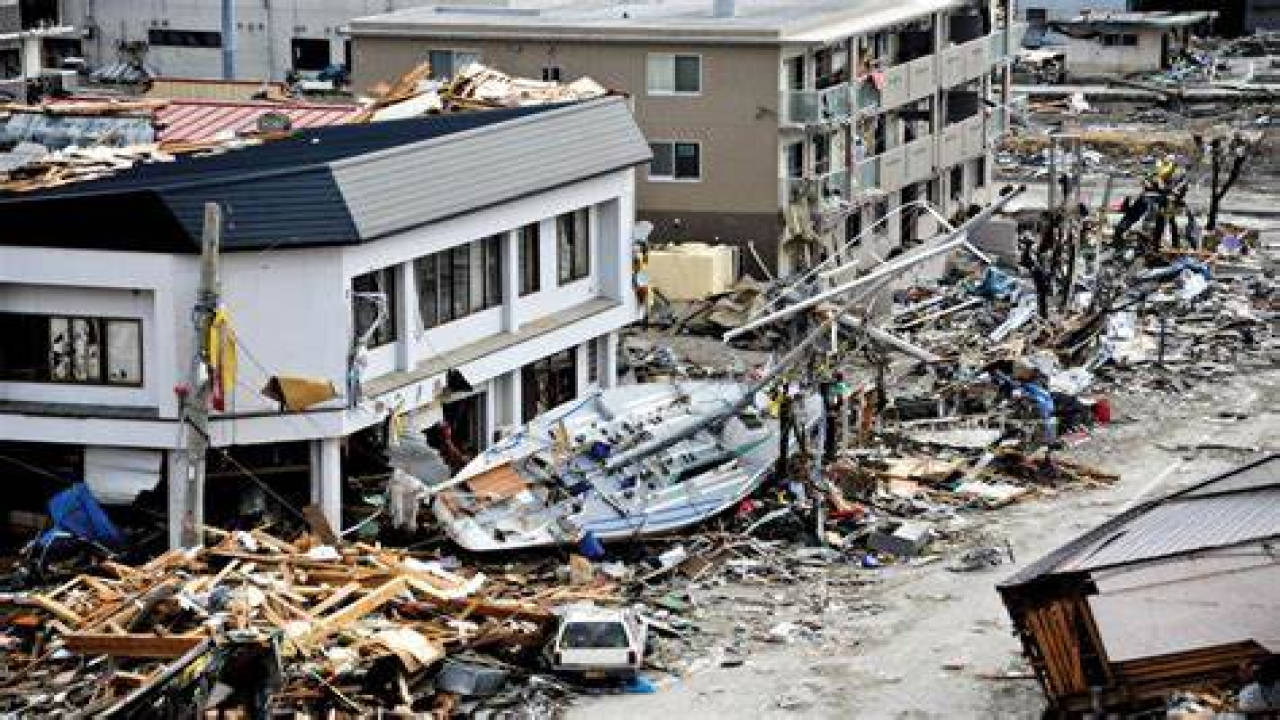Earthquakes and Tsunamis
Earthquakes and tsunamis are two of the most powerful and destructive natural forces on Earth. They can cause massive damage to property and infrastructure, and they can also take a significant toll on human life. In this article, we will explore earthquakes and tsunamis, including how they are formed, their effects, and how they can be mitigated.
What are Earthquakes?
Earthquakes are the result of the sudden release of energy within the Earth’s crust. This energy is generated by the movement of tectonic plates, which are the massive slabs of rock that make up the Earth’s outer shell. As these plates move and shift against each other, they can become locked together, building up enormous amounts of stress. When the stress becomes too great, the plates suddenly break free, causing an earthquake.
Effects of Earthquakes
The effects of earthquakes can be devastating. The most obvious effect is the shaking of the ground, which can cause buildings, bridges, and other structures to collapse. The severity of the shaking depends on several factors, including the magnitude of the earthquake, the distance from the epicenter, and the type of ground the earthquake is shaking. In addition to ground shaking, earthquakes can also cause landslides, liquefaction, and tsunamis.
What are Tsunamis?
Tsunamis are large ocean waves that are typically caused by underwater earthquakes. When an earthquake occurs on the ocean floor, it generates a series of waves that can travel across the ocean at high speeds. As these waves approach the shore, they can grow in height and become extremely destructive.
Effects of Tsunamis
The effects of tsunamis can be catastrophic. When a tsunami reaches the shore, it can cause massive flooding, destruction of buildings and infrastructure, and loss of life. Tsunamis can also cause long-term damage to coastal ecosystems, such as coral reefs and mangrove forests.
Mitigating the Effects of Earthquakes and Tsunamis
While earthquakes and tsunamis are powerful and destructive natural forces, there are measures that can be taken to mitigate their effects.
Earthquake Mitigation
One way to mitigate the effects of earthquakes is to strengthen buildings and infrastructure. Engineers can design buildings to withstand earthquakes by using techniques such as base isolation and seismic dampers. Base isolation involves separating the building from the ground, while seismic dampers are devices that absorb the energy from the earthquake, reducing the amount of shaking that the building experiences.
Another way to mitigate the effects of earthquakes is to improve building codes and regulations. By implementing stricter building codes, governments can ensure that buildings are designed and constructed to withstand earthquakes.
Tsunami Mitigation
Tsunami warning systems are one way to mitigate the effects of tsunamis. These systems use sensors to detect earthquake activity on the ocean floor, and they can provide early warnings to people living in coastal areas. When a tsunami warning is issued, people can evacuate to higher ground, reducing the risk of loss of life.
Coastal vegetation, such as mangrove forests, can also help to mitigate the effects of tsunamis. Mangroves can absorb the energy of the waves, reducing the amount of damage that the tsunami can cause. In addition, mangroves provide habitat for a variety of coastal species, making them an important part of the coastal ecosystem.


